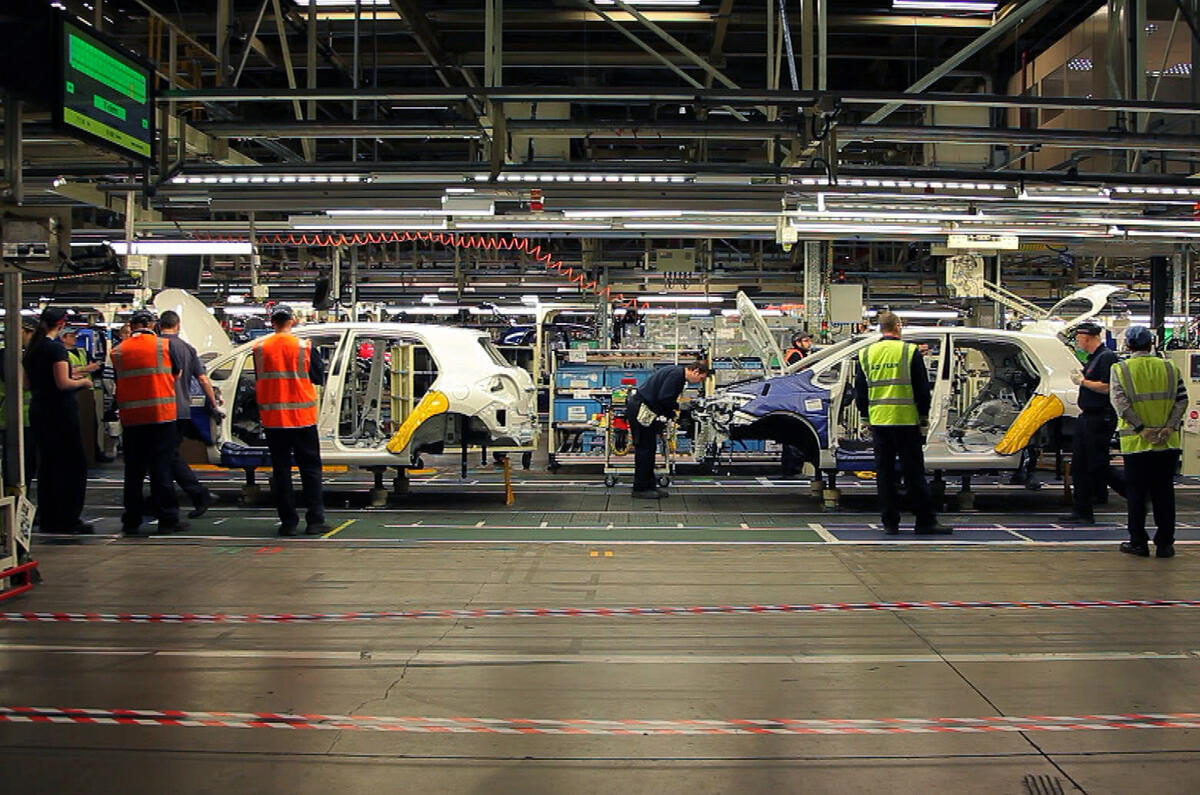Toyota is generally reckoned to be a master of mass production, not only in the automotive arena but by the wider world too.
Kanban-style just-in time parts deliveries, kaizen policies of continuous improvement – Toyota has been a banner-carrier for these and many other methodologies that long ago gave it an edge when it comes to productivity and robust, repeatable quality.
So it’s a bit of a surprise to hear, as we did last week in Toyota’s Nagoya headquarters, that the company has been a bit less effective when it comes to parts standardisation, platform sharing and common parts strategies.
The company’s R and D chief Mitsuhisa Kato implied as much when he revealed more details of the strategy behind the Toyota New Global Architecture initiative, the first fruits of which will appear in 2015 with a new Toyota Prius.
New models of much the same size and mechanical make-up will be developed in component and structure-sharing clusters rather than individually, and across regions too. Sharing the hip-points of cars’ driving positions will yield major savings in airbag, seat-belt, pedal box and steering column design. And the result of these standardisations, and more, will allow parts procurement on a wider and less costly basis.
All good stuff, but quite a surprise to hear that the company hasn’t realised these advantages already.
History has much to do with it, Toyota’s previous policy of allowing the project managers of each model line considerable freedom in the way they’ve gone about creating it.
The potential cost-savings, Kato reckons, will range anywhere from 15 to a spectacular 30 per cent. And they’ll be ploughed into making better Toyotas. Which is great news for we car buyers, and a development that might well send chills through some of Toyota’s competitors.




Join the debate
Add your comment
common parts
i've wondered for years why cars don't share more parts. it's fairly common for small parts like switches but not more expensive ones like headlamp units for example. it would save a fortune if manufacturers used a single unit across their range. it shouldn't be beyond designers to make a unit to fit for example the vw range, up, polo, golf, scirocco, passat, and more. rear clusters likewise, and such items as front seats as well. a manufacturer who took the lead and introduced this would obviously make their cars considerably more attractive with reduced parts costs and hence insurance groups.
Looks like BL
One working - nine standing around
Yes, Japanese cars, are in
Yes, Japanese cars, are in fact quite expensive, to buy new. They mainly survived, because of their massive presence in all the emerging markets.
yes but...
yes but it is surprising just how many older Mazdas, Toyotas, Hondas and Mitsubishis remain on our roads, despite the fact that they sold in comparatively small numbers when new.
They may be more expensive, but they appear to last well.